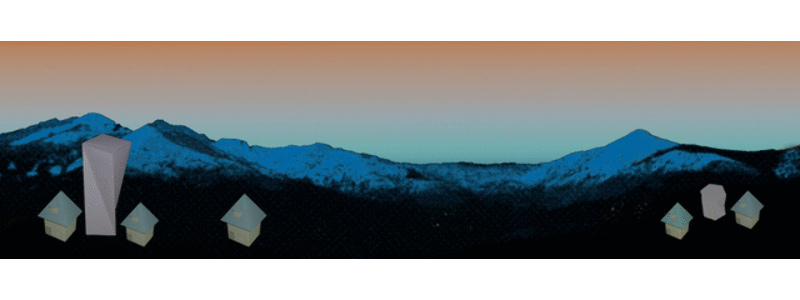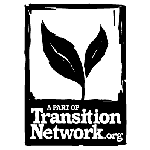Description:
With the mission of “Helping People Help the Land,” the Natural Resources Conservation Service (NRCS) provides products and services that enable people to be good stewards of the Nation’s soil, water, and related natural resources on non-Federal lands. With our help, people are better able to conserve, maintain, or improve their natural resources. As a result of our technical and financial assistance, land managers and communities take a comprehensive approach to the use and protection of natural resources in rural, suburban, urban, and developing areas.
Since the 1930’s, NRCS has worked with conservation districts and others throughout the U.S. to help landowners, as well as Federal, State, Tribal, and local governments and community groups. NRCS has six mission goals: high quality, productive soils; clean and abundant water; healthy plant and animal communities; clean air; an adequate energy supply; and working farms and ranch lands. To achieve these goals, the Agency implements these strategies:
• Cooperative conservation: seeking and promoting cooperative efforts to achieve conservation goals.
• Watershed approach: providing information and assistance to encourage and enable locally-led, watershed-scale conservation.
• Market-based approach: facilitating the growth of market-based opportunities that encourage the private sector to invest in conservation on private lands.
In Washington:
Spokane, WA. (Feb. 14, 2013) — Private landowners and tribes working to increase crop residues, reduce greenhouse gas emissions, and improve soil health on their farm, may apply for conservation financial and technical assistance, USDA’s Natural Resources Conservation Service (NRCS) announced today.
SPOKANE, Wash. (Feb. 6, 2013) – Today, USDA’s Natural Resources Conservation Service (NRCS) announced they are seeking project proposals for the Pacific Salmon Habitat Improvement Partnership (PSHIP) to assist with restoration of habitat and improve water quality for salmon in the Puget Sound. NRCS will work with federal, state, and local governments, tribes, and non-governmental organizations to identify willing landowners on working lands.
SPOKANE, Wash. (Feb. 6, 2013) – March 15 is the second application cut-off date for the Farm and Ranchland Protection Program (FRPP), USDA’s Natural Resources Conservation Service (NRCS) announced today. Since 1996, FRPP in Washington State has provided over $15 million in Federal funds combined with roughly $18 million from private and public sources for a total of $33 million to preserve over 9800 acres of rich farmland on 96 parcels
For more information on these projects, click on the links.
Organization Type: Government Agency
Website
Telephone
Address
1835 BLACK LAKE BLVD SW STE B
OLYMPIA, WA 98512-5715





